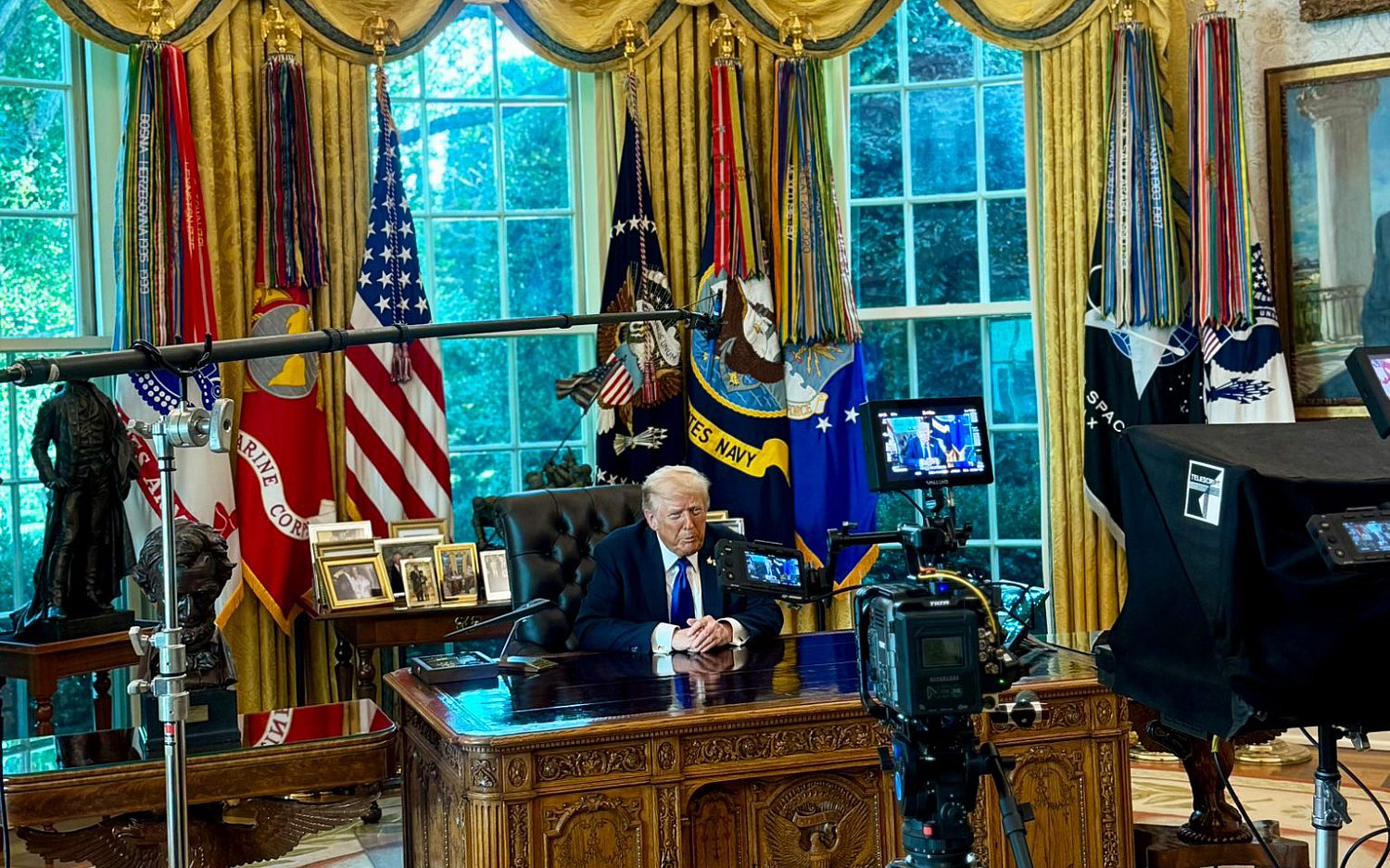Kubo and the Two Strings stumbles over confusing themes
While not as mindless as most family fare, superbly animated film sends mixed messages
Set in ancient Japan, the new animated film Kubo and the Two Strings tells a magical fantasy story centered on a boy’s search to find the truth about his dead father. Exquisite stop-motion animation marks the film’s technical production as superior even to today’s high industry standard. But seemingly contradictory themes, although not fatal to the plot, muddy the storytelling.
Young, one-eyed Kubo (voiced by Art Parkinson) lives with his ailing mother in a cave near the top of a cliff overlooking the sea. By day, he runs down to the village square, where he delights crowds with tales of samurai heroes. When Kubo strums his magic, three-stringed shamisen, elaborate origami figures come to life and perform his stories. But his mother has warned him to return home before sundown, lest the Moon King (Ralph Fiennes) and two witches (Rooney Mara)—spiritual embodiments of his grandfather and twin maternal aunts—hunt him and remove his other eye.
Too ill to protect her son, Kubo’s mother charges him to search for the Sword Unbreakable, Armor Impenetrable, and Helmet Invulnerable. Monkey (Charlize Theron) and half-man, half-insect Beetle (Matthew McConaughey) accompany Kubo as he journeys into the Far Lands looking for the items. (A testimony to the indelible influence of Buzz Lightyear on animated cinema, Beetle resembles the renowned space ranger in physiology—with a couple extra limbs—and goofy-good personality.) At each stage of his quest, Kubo battles strange creatures and his malevolent, noh-masked “aunties.”
Imaginative animation, affirmation of traditional parenthood, and occasional bits of dry humor provide welcome relief from the mindlessness of most animated family flicks. But mixed messages make Kubo (rated PG for thematic elements, scary images, action, and peril) confusing to watch at times. Characteristic of Shintoism, people in several scenes pray to their deceased ancestors, yet the film makes a puzzling choice of relatives as Kubo’s supernatural enemies.
The film also flip-flops its afterlife doctrine, alternately touting then rejecting reincarnation.
“Like Kubo’s [origami] paper, we shift, we transform to another place,” Monkey, Kubo’s wise and matronly protector, explains about the moment of death. “We begin another story.” But near the film’s conclusion, a victorious Kubo dumps this belief, asserting that “all stories end.”
And it’s a small point, but I’m unsure why the film’s title mentions two strings when Kubo’s magical instrument has three. The possible explanation (if it’s even that—blink at the end and you’ll miss it) didn’t make up for the 90 aggravating minutes I spent squinting at the shamisen, counting and recounting its strings.
An actual newsletter worth subscribing to instead of just a collection of links. —Adam
Sign up to receive The Sift email newsletter each weekday morning for the latest headlines from WORLD’s breaking news team.




Please wait while we load the latest comments...
Comments
Please register, subscribe, or log in to comment on this article.